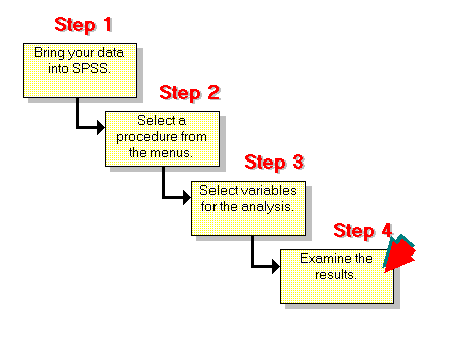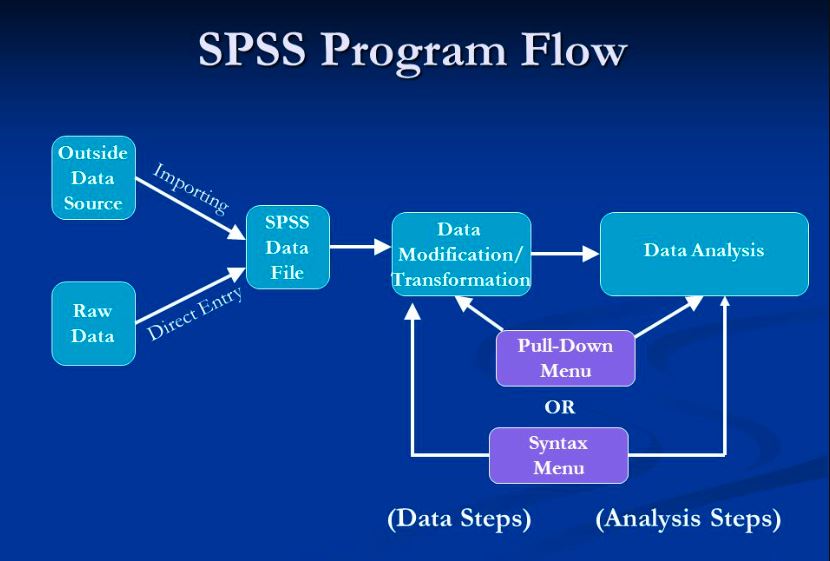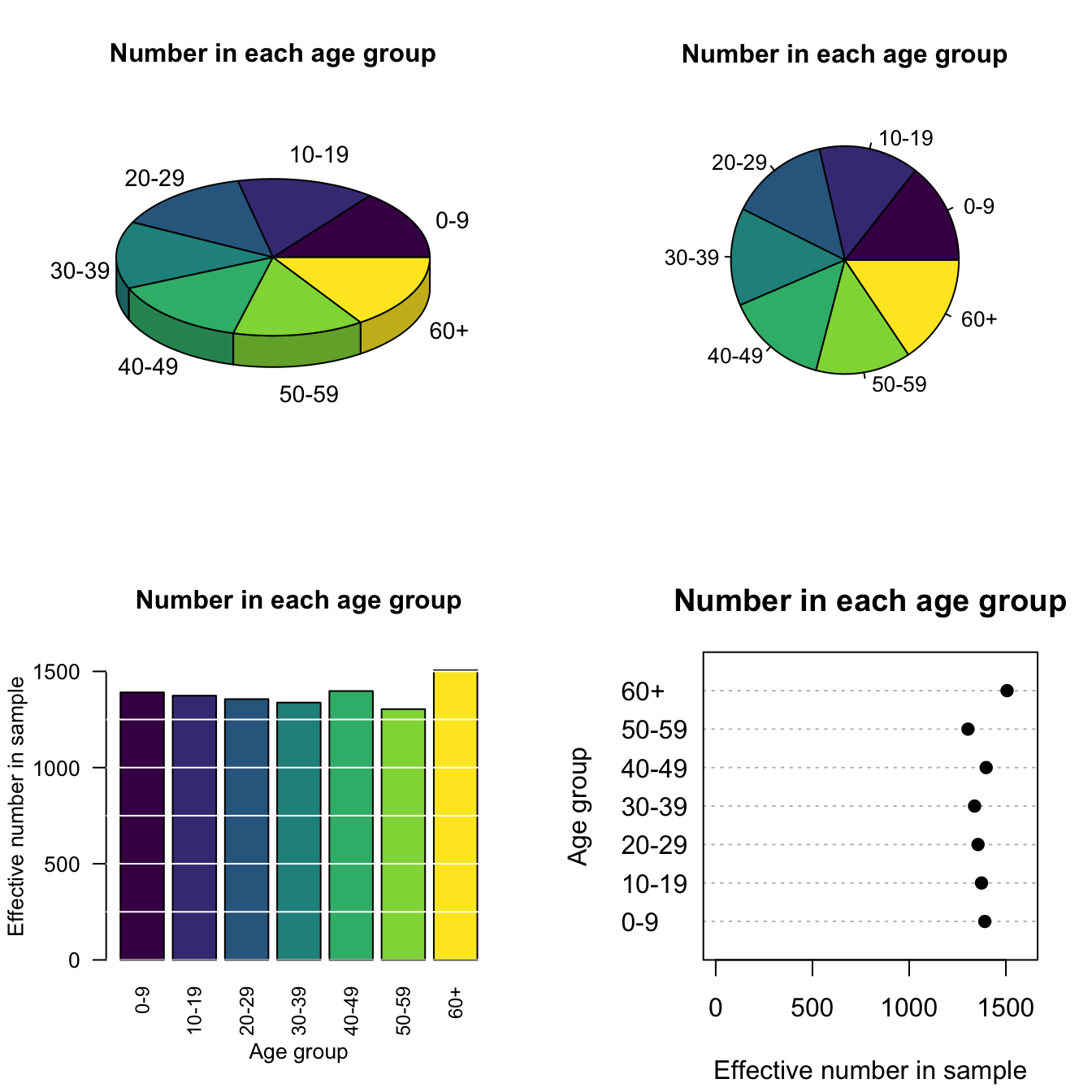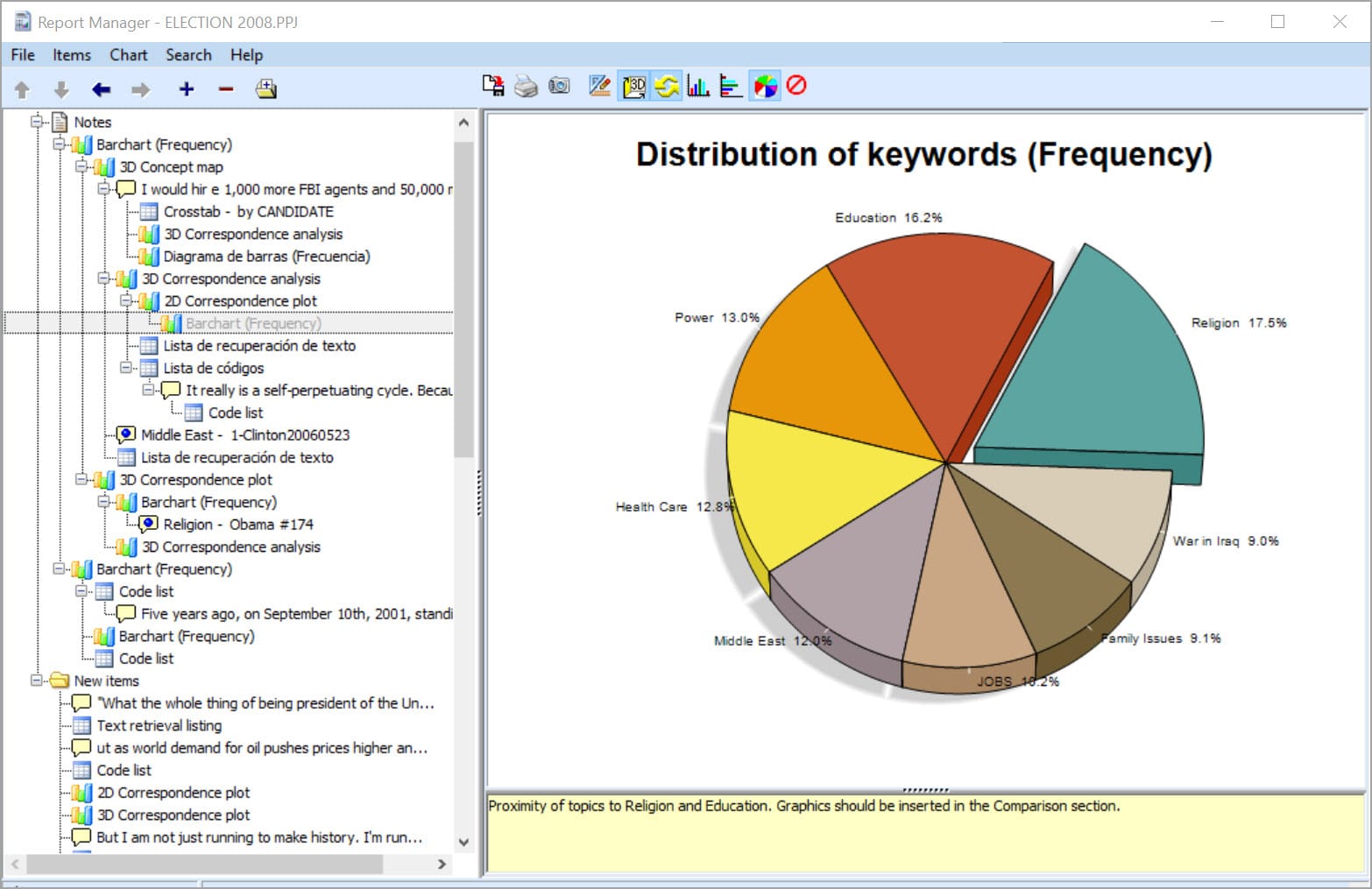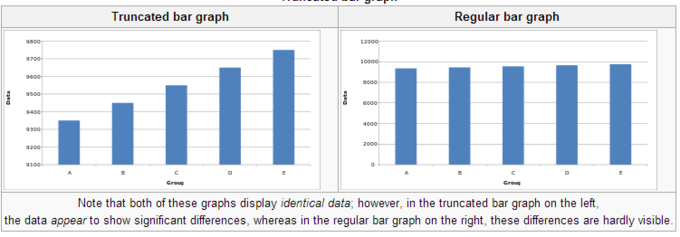Examples of SPSS Assignments for College Students|2025
/in Uncategorized /by BesttutorExplore examples of SPSS assignments for college students, with detailed solutions and step-by-step guidance. Learn how to approach various types of SPSS tasks to enhance your understanding and improve academic performance.
SPSS (Statistical Package for the Social Sciences) is a powerful statistical software used for data analysis in various academic fields, including social sciences, psychology, health sciences, business, and more. College students often encounter assignments that require them to apply SPSS for data analysis, interpretation, and reporting. This paper explores examples of SPSS assignments for college students and offers insights into the types of tasks that are commonly assigned, the benefits of using SPSS in academic work, and how students can excel in SPSS-based assignments.
Introduction
SPSS is one of the most widely used statistical tools in both educational and professional settings. It is particularly popular in higher education due to its user-friendly interface and robust analytical capabilities. As students progress through their college courses, they are often required to complete assignments that involve data analysis using SPSS. These assignments can range from basic descriptive statistics to more complex inferential tests and regression analyses. The goal of these assignments is not only to enhance students’ understanding of statistical concepts but also to improve their ability to use statistical software for real-world data analysis.
This paper will discuss various types of SPSS assignments, including descriptive and inferential statistical tasks, the preparation of reports, and data analysis for questionnaires. Additionally, the paper will provide resources and examples that can guide students in completing SPSS assignments, such as Examples of SPSS assignments for college students PDF, Examples of SPSS assignments for college students PPT, and SPSS assignment PDF.
Types of SPSS Assignments for College Students
Descriptive Statistics Assignments
Descriptive statistics are often the first step in data analysis. These assignments help students summarize and describe the features of a data set. Common descriptive statistics include measures such as the mean, median, mode, range, and standard deviation. SPSS provides an intuitive interface for computing these statistics.
Example Assignment:
- A common assignment might ask students to collect data on a particular topic (e.g., survey data on student satisfaction) and compute the descriptive statistics for various variables.
- The assignment could require students to generate frequency tables, bar charts, histograms, and descriptive statistics such as mean and standard deviation for the dataset.
- The assignment might also ask students to interpret the results, for example, identifying trends or patterns within the data.
Example of SPSS Assignment for College Students PDF: A PDF resource may be provided by the instructor to guide students through the process of entering data into SPSS, computing descriptive statistics, and interpreting the results. Such documents can also include step-by-step instructions, screenshots, and sample output.
Inferential Statistics Assignments
Inferential statistics involve drawing conclusions about a population based on a sample. Students often perform hypothesis testing, t-tests, ANOVA (analysis of variance), and chi-square tests in their assignments. These tasks help students understand how to test research hypotheses and make inferences from sample data.
Example Assignment:
- A typical inferential statistics assignment might involve testing whether there is a significant difference in test scores between two groups of students (e.g., students who received tutoring vs. those who did not).
- The student would conduct an independent t-test in SPSS, report the test statistics, and interpret the results, discussing whether the null hypothesis is rejected or not.
- Alternatively, an assignment might ask students to perform a one-way ANOVA to compare the means of more than two groups, such as comparing the effectiveness of different teaching methods on student performance.
SPSS Data Analysis Examples PDF Free Download: These downloadable resources might provide sample datasets and detailed instructions for performing hypothesis testing using SPSS. Students can practice by following the examples and using the provided data files.
Regression Analysis Assignments
Regression analysis is used to model the relationship between one or more independent variables and a dependent variable. SPSS offers tools for both simple and multiple regression analysis, allowing students to explore how different factors influence outcomes.
Example Assignment:
- An assignment could ask students to perform a multiple regression analysis to predict a student’s academic performance based on factors such as study hours, participation in extracurricular activities, and socioeconomic status.
- The student would need to enter the data into SPSS, run the regression analysis, and interpret the regression coefficients, R-squared value, and p-values to determine the strength and significance of the predictors.
SPSS Assignment PDF: A typical SPSS assignment PDF for regression analysis would outline how to perform the analysis, interpret the output, and report the findings. The document would include a sample dataset and guide students through the process of entering data, checking assumptions (e.g., linearity, homoscedasticity), and making predictions.
SPSS Report Writing Assignments
In many cases, students are required not only to perform statistical analyses but also to write a report summarizing their findings. SPSS report writing assignments help students develop their ability to communicate statistical results effectively, which is an essential skill in both academic and professional contexts.
Example Assignment:
- A report writing assignment might ask students to analyze survey data and write a comprehensive report that includes an introduction, methodology, results, and discussion sections.
- Students would need to summarize their data analysis in a clear and concise manner, presenting tables, figures, and statistical results to support their conclusions.
- The assignment could require students to use proper APA formatting for reporting statistical results and citations.
SPSS Report Writing Sample: A sample report would show students how to format and present their findings, including how to report statistical tests, effect sizes, and confidence intervals. It might also offer advice on how to discuss the implications of the results and how to relate the findings back to the research question.
- Data Analysis for Questionnaire AssignmentsCollege students frequently use SPSS to analyze data from surveys or questionnaires. These assignments are designed to help students understand how to analyze responses to various types of questions, including multiple-choice, Likert scale, and open-ended questions.
Example Assignment:
- Students may be asked to design a questionnaire, collect data from respondents, and then use SPSS to analyze the responses.
- Tasks might include computing descriptive statistics for each item on the questionnaire, performing reliability analysis (e.g., Cronbach’s alpha) to assess internal consistency, and conducting factor analysis to identify underlying constructs.
SPSS Analysis for Questionnaire PDF: A PDF resource might be provided with detailed instructions for setting up and analyzing questionnaire data in SPSS. The guide would explain how to clean and preprocess the data, handle missing values, and perform various analyses based on the type of questions included in the questionnaire.
Resources for SPSS Assignments
Students looking for additional resources to help them complete SPSS assignments can benefit from a variety of free materials available online. Here are some helpful resources:
- Examples of SPSS Assignments for College Students PDF: Many universities and online platforms offer downloadable PDFs with SPSS exercises and sample assignments. These documents often include step-by-step instructions and datasets to help students learn how to use SPSS effectively.
- Examples of SPSS Assignments for College Students PPT: PowerPoint presentations are often used to teach SPSS concepts in a classroom setting. These presentations may include examples of SPSS outputs, visualizations, and explanations of how to interpret results. Students can use these presentations as reference material when completing their assignments.
- SPSS Data Analysis Examples PDF: This resource typically provides detailed explanations of various SPSS analyses, such as t-tests, ANOVA, regression, and chi-square tests, with examples of how to perform these analyses using SPSS. Such documents are useful for students who want to practice and understand different types of analyses.
- SPSS Assignment PDF Free: Several websites offer free downloadable assignments and datasets that allow students to practice their SPSS skills. These assignments typically come with instructions, data files, and questions that require students to perform specific analyses using SPSS.
Conclusion
SPSS assignments for college students are an essential part of learning how to apply statistical methods to real-world data. Whether students are working on descriptive statistics, hypothesis testing, regression analysis, report writing, or questionnaire analysis, SPSS provides the tools necessary to complete these tasks efficiently. By using resources such as Examples of SPSS assignments for college students PDF, Examples of SPSS assignments for college students PPT, and SPSS data analysis examples PDF, students can gain a deeper understanding of statistical analysis and improve their proficiency with SPSS.
Successful completion of SPSS assignments not only helps students develop technical skills in data analysis but also prepares them for future careers in research, data science, business, and other fields that rely on data-driven decision-making. The ability to use SPSS effectively is a valuable asset in the academic and professional worlds, and students who excel in SPSS assignments will be well-prepared for the challenges of data analysis in their future endeavors.
Needs help with similar assignment?
We are available 24x7 to deliver the best services and assignment ready within 3-4 hours? Order a custom-written, plagiarism-free paper
















